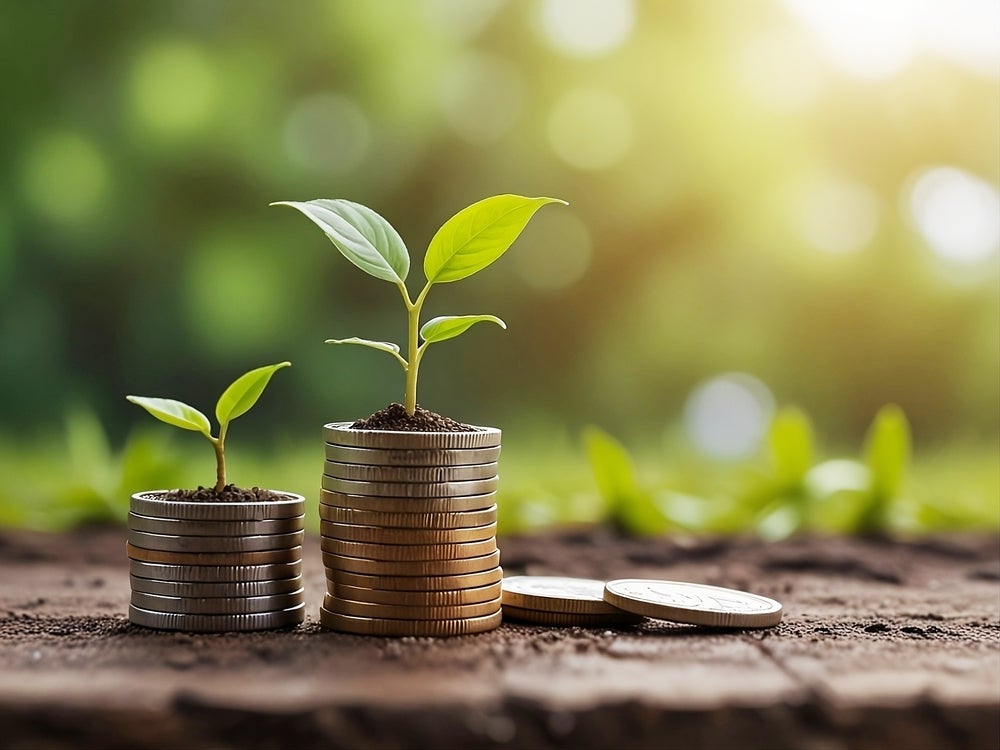In the modern world, the allure of convenience often overshadows the value of nature. The growing popularity of fake plants, primarily made from plastic, exemplifies this trend. While these artificial imitations may offer aesthetic appeal without the maintenance of real plants, they represent a troubling irony: mimicking a living organism that improves air quality and benefits the environment by using a material that does the complete opposite.
As plastic pollution worsens and real plants are replaced by synthetic alternatives, the negative impacts on ecosystems, air quality, and public health become more evident. It’s time to rethink our choices and prioritise sustainable practices that benefit both the environment and our well-being.
The environmental impact of plastic
Plastic pollution has reached alarming levels, with its use increasing tenfold since 1980, it affects every organism on the planet. This escalation not only contributes to the degradation of our ecosystems but also poses severe threats to human health. The process of plastic production involves the release of toxic chemicals, leading to air and water contamination, which in turn affects both wildlife and human populations. Moreover, the breakdown of plastics into microplastics has become a critical issue. In 2022, a study found that an alarming 80% of participants had microplastics in their bloodstream. Adding more unnecessary plastic to our homes and workplaces could be doing irreversible harm.
The air quality dilemma
Real houseplants play a vital role in improving indoor air quality by absorbing carbon dioxide and releasing oxygen. They also filter harmful pollutants, creating a healthier living environment. In contrast, the proliferation of fake plants, often marketed as low-maintenance alternatives, can detract from the presence of real plants in our homes and offices. Microplastics are ‘filling the skies‘, and this shift away from real plants only exacerbates the issue.
The irony is palpable: while consumers seek to add greenery to their living and working spaces, they compromise their air quality by opting for synthetic alternatives that not only do not support the environment but actively work against it.
The corporate push for plastic
The marketing of fake plants reflects a broader trend where companies prioritise profit over environmental responsibility. With global plastic production rising exponentially, the push for synthetic products is often framed as a solution to the challenges of maintaining real plants. However, this approach neglects the long-term consequences of plastic pollution, which include not only environmental degradation but also potential health risks associated with toxic exposure to plastic materials. The convenience of fake plants comes at a significant cost to our ecosystems and public health.
The use of pesticides
However, household plants can have a serious environmental impact. The growing process often involves the use of pesticides, which can have harmful environmental impacts. These pesticides contribute to land pollution, degrade soil quality, and harm beneficial organisms in the ecosystem. Additionally, the use of fertilisers in the growing process can also have negative impacts such as nutrient runoff polluting water sources. But these hazards can be mitigated. Alternatives such as organic gardening practices should be adopted. By employing natural pest control – methods such as introducing beneficial insects or using organic pesticides – and using sustainable fertilisers, houseplants can be grown without harmful consequences.
Looking forward
Consumers and manufacturers alike must reconsider the long-term impacts of synthetic alternatives. Sustainable practices that cultivate real plants, which not only purify the air but also foster biodiversity, should be prioritised. Emphasising a shift towards biodegradable materials and sustainable growth methods will lead to healthier living spaces and a more sustainable future, especially in urban areas where green space is limited and air quality suffers.





